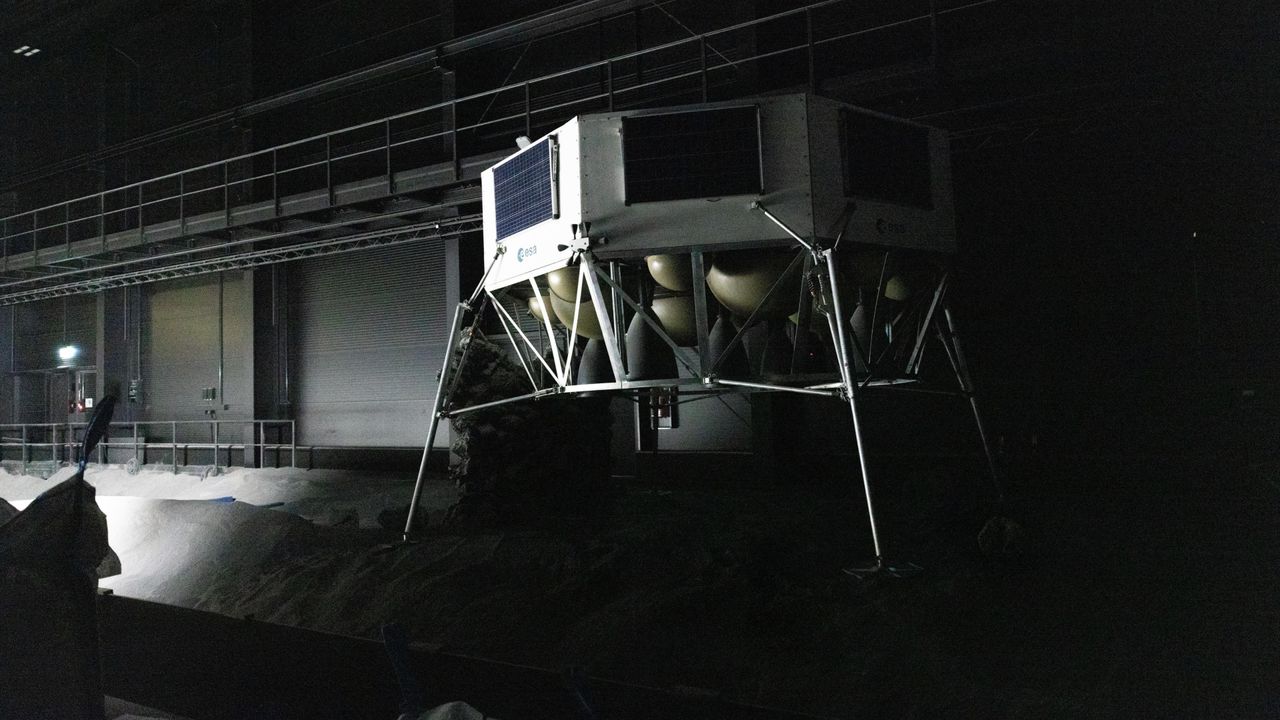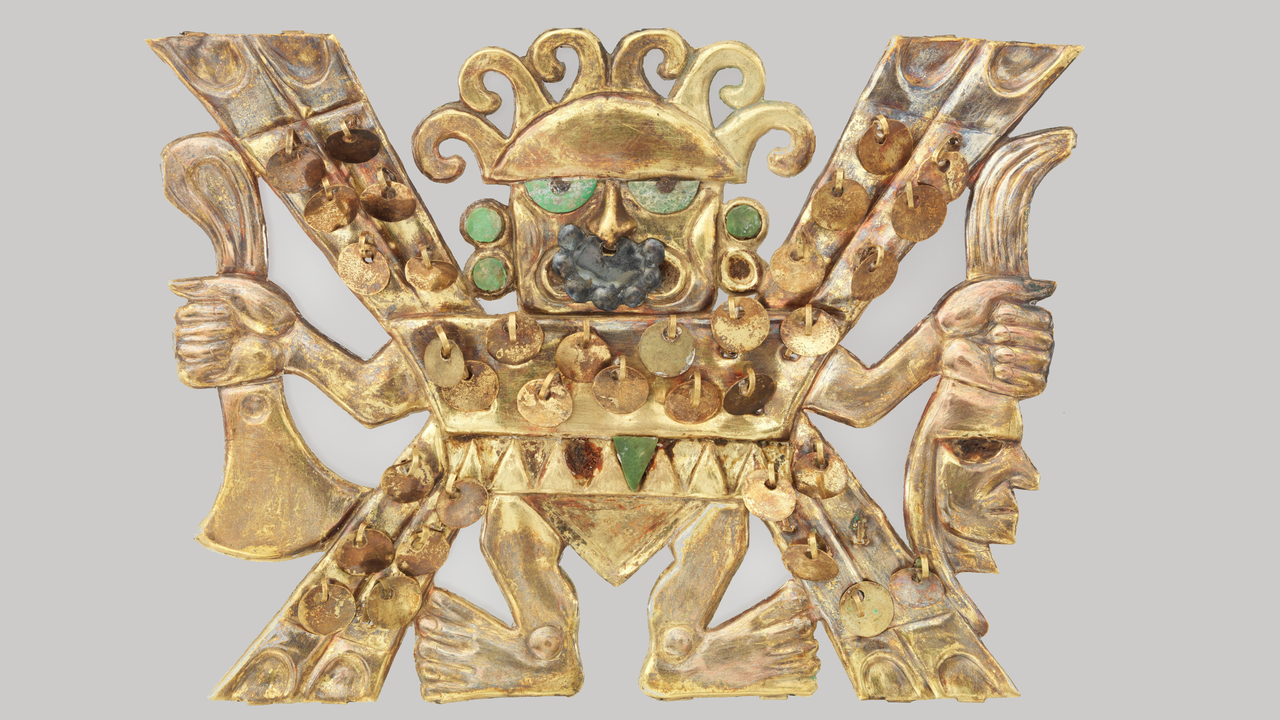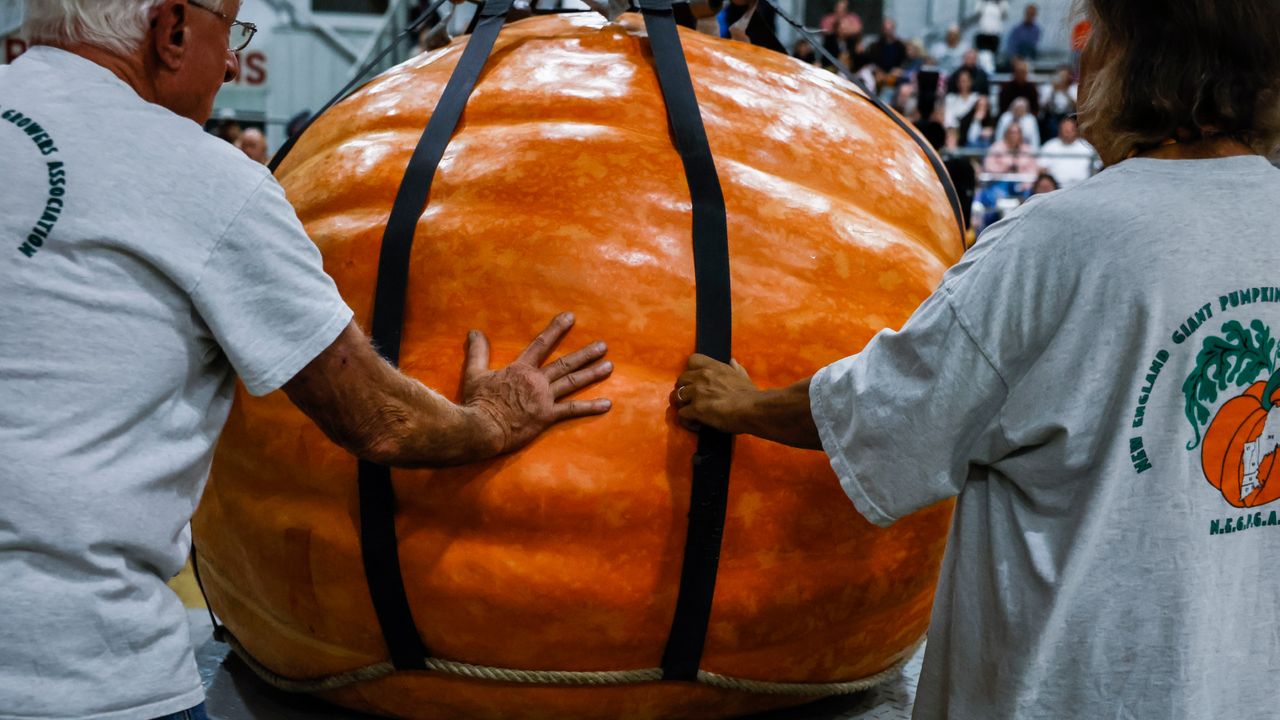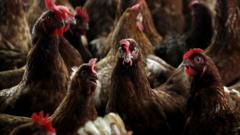'Extremely rare' and 'highly unusual' Roman-era tomb in Germany is completely empty
NeutralScience
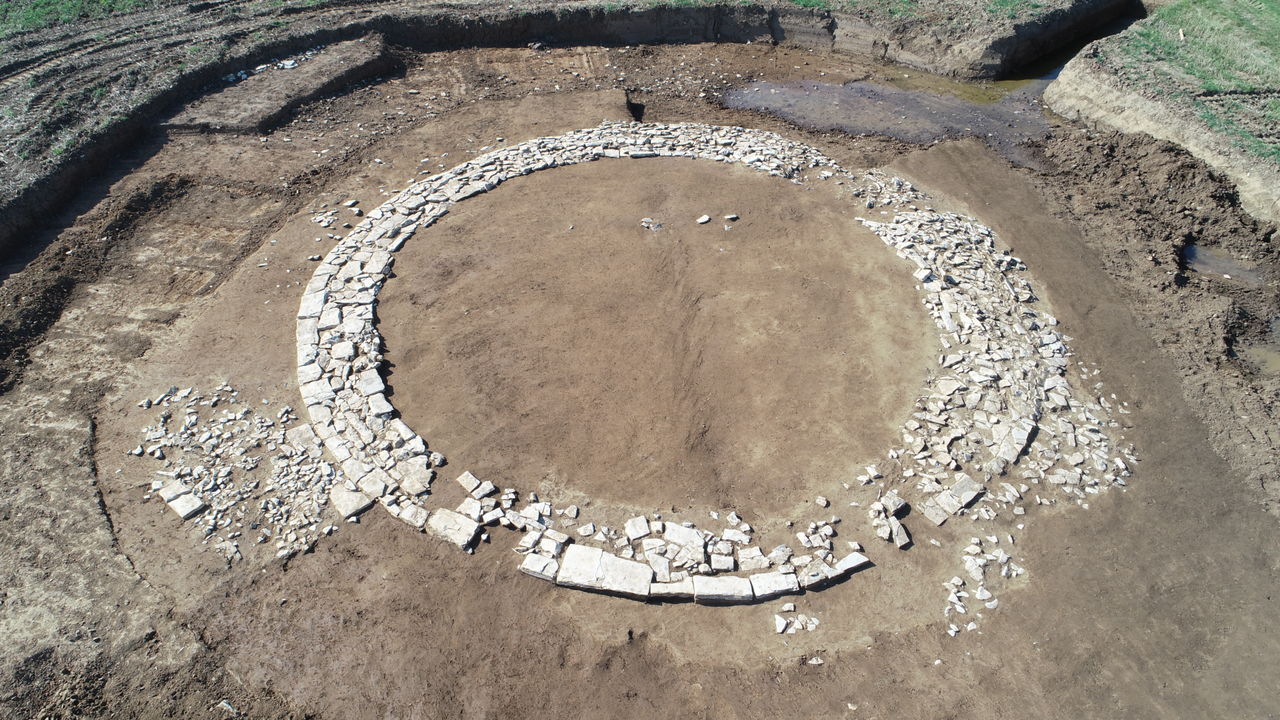
Archaeologists in Germany have discovered an unusual stone circle that is believed to be a Roman-era tomb, although it is completely empty. This finding is significant as it offers new insights into life during the Roman period in Bavaria, shedding light on the cultural practices and burial traditions of that time. Such discoveries help us understand the historical context and the people who lived in this region centuries ago.
— Curated by the World Pulse Now AI Editorial System
